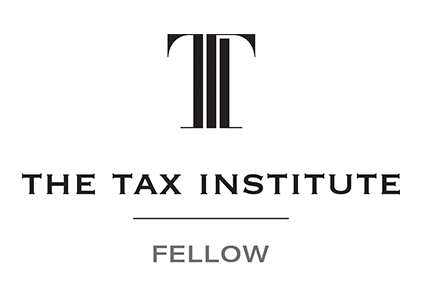
Setting up your own SMSF has certain benefits in allowing you more control and flexibility but it is imperative that your fund grows and can provide for you in retirement. One way to help grow your retirement savings is to have an investment strategy. This is also a requirement under super laws and a key task for SMSF trustees to complete and maintain. The investment strategy documents your fund’s investment objectives and specifies the types of investments your fund can make. This needs to take into account the age and needs of your SMSF members as well as risk, return and diversification. Each investment strategy is unique to the SMSF and determined by your own approach to investment and risk.
Your investment strategy is an important framework for making investment decisions. It should be a written document so that you can show that your investment decisions comply with your fund’s trust deed and the super laws. It will also be used during the annual audit and in making appropriate assessments. It is important that your investment strategy is updated regularly to reflect changes such as aging of members and changing risk profiles.
Important points to consider when writing your investment strategy:
- Diversification (ie investing in a range of assets and asset classes)
- The risk and likely returns from investments to maximise returns
- The liquidity of fund assets (how easily can they be converted to cash)
- The fund’s ability to pay benefits when members retire
- Member’s needs and circumstances
- Costs the fund incurs
There are also legislated requirements and conditions for investing for your SMSF so your investment strategy should show that you are sticking to the rules. The trust deed can also set out investment criteria. One major rule is that the SMSF needs to meet the “sole purpose test” – being that the fund is established and managed solely to save for your retirement (or to your dependents in the case of your death). The financial arrangements entered into need to also reflect this purpose.
The Superannuation Industry (Supervision) Act 1993 (SISA) states that: "The trustee of the entity must formulate and give effect to an investment strategy that has regard to all the circumstances of the entity, including in particular:
- the risk involved in making, holding and realising, and the likely return from, the entity's investments, having regard to its objectives and expected cash flow requirements
- the composition of the entity's investments as a whole, including the extent to which they are diverse or involve exposure of the entity to risks from inadequate diversification
- the liquidity of the entity's investments, having regard to its expected cash flow requirements
- the ability of the entity to discharge its existing and prospective liabilities."
The bottom line is that an SMSF's trustees are responsible, and the "sole purpose test" needs to always be the primary focus.
When preparing an investment strategy, always start with the member’s investment objectives and consider how these may change over time. For example, initially the objective might be to accumulate wealth but as retirement approaches this may change to providing a steady income stream. The investment strategy should be reviewed regularly to make sure that it still reflects that purpose and circumstances of the fund and its members. Certain events in the life of the super fund may prompt a review such as new member joining or a member leaving the fund. The review and any decisions made should be documented so that your SMSF auditor can see that you have met your obligations. The investment strategy should also consider whether to hold insurance cover such as life insurance for each member of your SMSF.
Other things to consider are whether your fund will diversify asset allocation or take a more focussed approach and will your SMSF use other risk management tools for hedging purposes. Exposures to certain asset classes can be expressed as percentage ranges and the investment methods can be outlined within each class.
Finally, the investment strategy needs to be signed and dated as the trustees are held accountable against it. It should also be updated every time a change in investment approach is necessary. Minutes showing the decisions made and agreement with these decisions can also form part of the document.
Although trustees are ultimately responsible for the fund’s investment decisions, you can seek professional advice in preparing or reviewing your investment strategy. Contact one of our professional Tax Store Accountants and SMSF specialists today on 1300 367 594 for advice.
References: www.ato.gov.au
Tax Store Accountants Liverpool.
Our Management Credentials




